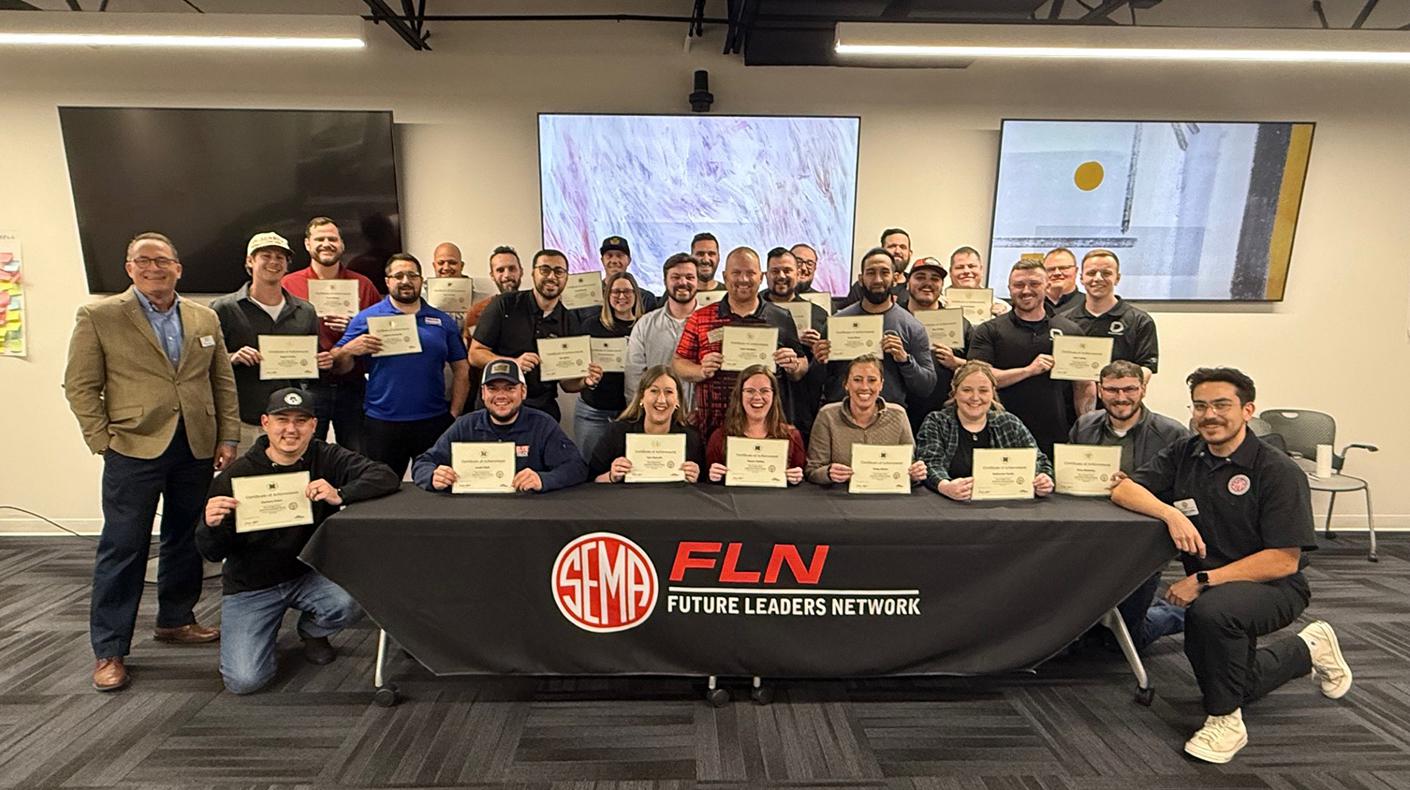SEMA members continue to request information on social media, online communities and websites where consumers spend their time. While some people still prefer face-to-face communication and tangible resources, the undeniable swing towards internet-based social interaction cannot be ignored.
Car clubs, magazines, companies and, most importantly, consumers are not only online but located throughout the unending maze of websites—truly a “web” where interconnectedness can be convoluted—that many people visit each day. Moreover, some people visit popular sites multiple times throughout the day with live feeds.
According to Facebook, more than 4 billion minutes of face time is spent on the site each day (worldwide) and 30 million people update their profile status at least once in the course of 24 hours. That's a lot of time connecting with people and associations they care about.
While Facebook is the new behemoth—it has surpassed MySpace, after all—it is not the only venue for social interaction online and not the single resource consumers use to connect with their friends or hobbies. Web surfers often have multiple identities online to depict their personalities.
A Facebook profile might be used for casual connections, for example, while a LinkedIn account might be reserved for professional networking. The behaviors, customs and appearances range the spectrum depending on the atmosphere.
Whenever there is a commonality to be shared, there is most likely an associated community erected to serve the demand.
SEMA even has one. The MySEMA dashboard on the SEMA website encourages members of the industry to join and become active within the system, network with others and collaborate to strengthen the community.
Communities come in all shades and formats, however. The size of individual players can be misleading and a critical examination of the audience and its growth might be a better solution for members of the specialty-equipment industry that have interest in understanding which arenas to participate in.
Compete.com is one of many online resources capable of giving some guidance through market analytics software. They capture web traffic and, for limited data elements, provide an outline without cost. Communities come in all shades and formats and the size of individual players can be misleading. A critical examination of the audience and its growth might be a better solution for members of the specialty-equipment industry.
Facebook, Twitter, automotive-focused Hub Garage and most of the social networking sites are growing. Similarly, mainstream automotive blogs continue to capitalize on the speed and scope of automotive news, topics and musings to grab audiences around the world.
Forums have been some of the longest-running internet communities. They continue to provide enthusiasts with a car club-like experience in a virtual medium, and due to their abundance and availability allow for vehicle specificity. In other words, forums can be general or dedicated to individual makes and models.
Print publications have also moved into the digital environment with websites tagged into the magazine model. Much like forums, they act as conveyors of community while being segment-specific. Some changes in web traffic indicate the move to consolidate titles while others highlight the opportunities presented to publishing companies that may not have survived without the online presence. — SEMA Research & Information Center





